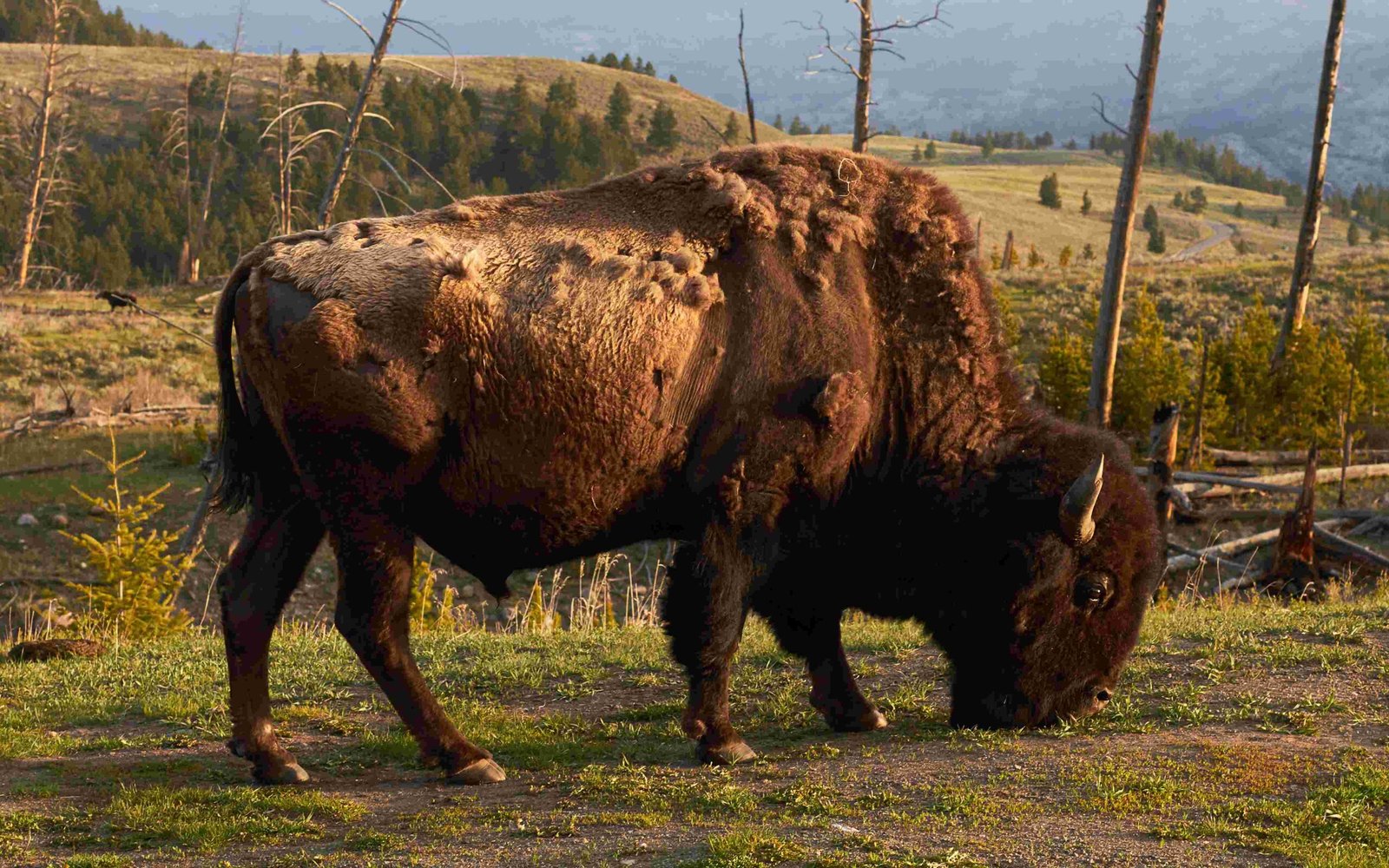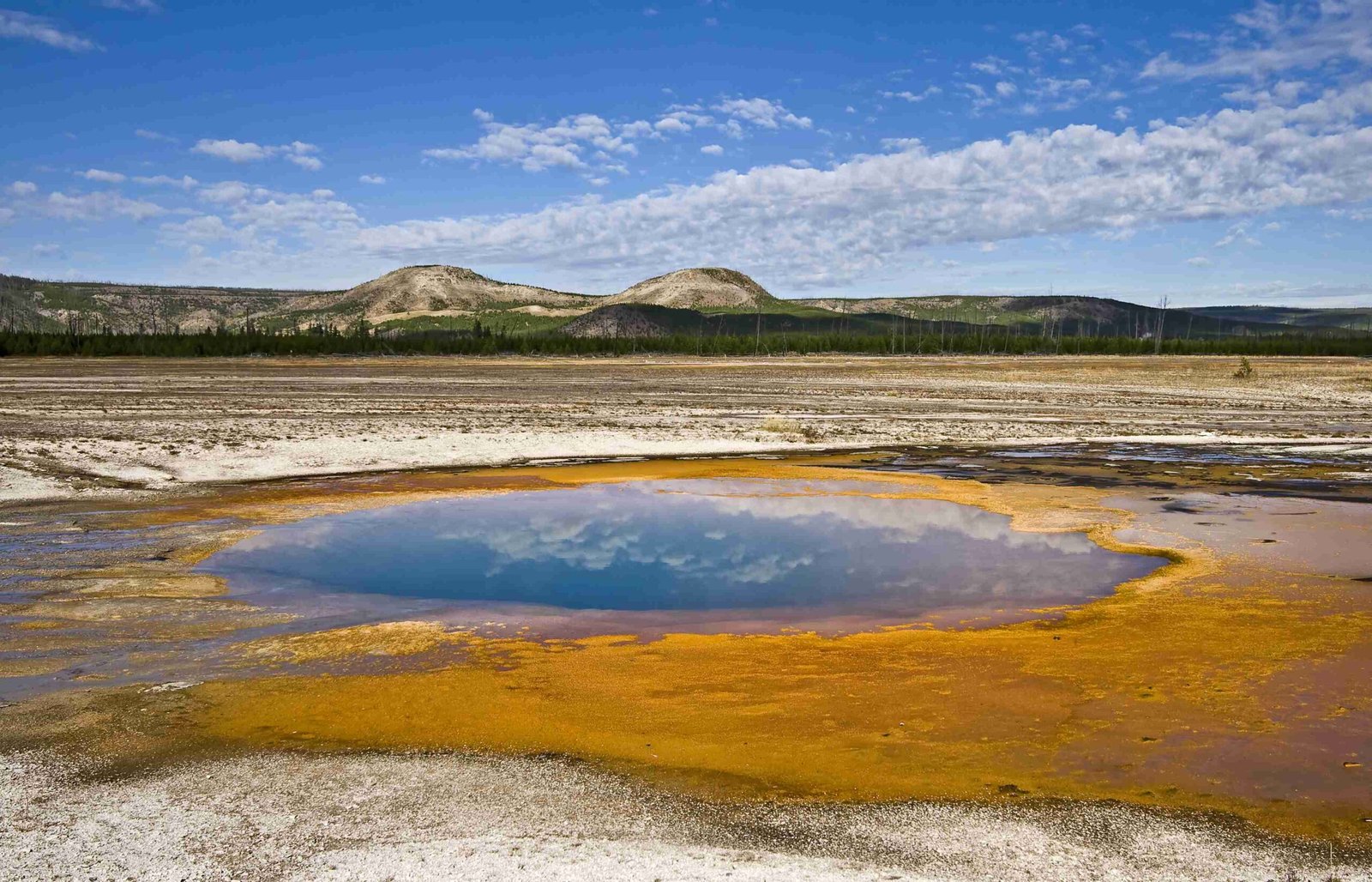A recent incident in Yellowstone National Park has once again highlighted the dangers of approaching wildlife. An 83-year-old woman from South Carolina was gored by a bison near Storm Point Trail at Yellowstone Lake. The bison, defending its space, lifted her off the ground with its horns, causing serious injuries. This event serves as a stark reminder of the importance of maintaining safe distances from wild animals in national parks.
What Happened During the Recent Bison Attack?

On June 25, 2024, an 83-year-old woman from Greenville, South Carolina, became the latest victim of a bison attack in Yellowstone National Park. The incident occurred near the Storm Point Trail at Yellowstone Lake. According to park officials, the woman inadvertently approached the bison while walking on the trail. The animal, perceiving a threat to its space, responded aggressively.
The bison used its horns to lift the woman approximately one foot off the ground, resulting in serious injuries. Park emergency medical providers quickly responded to the scene and transported the victim to Eastern Idaho Regional Medical Center for treatment.
Why Do Bison Attacks Occur in Yellowstone?

Bison attacks in Yellowstone National Park are not uncommon and often result from visitors failing to maintain safe distances from these large, wild animals. Several factors contribute to these incidents:
- Underestimation of bison behavior
- Desire for close-up photographs
- Ignorance of park regulations
- Misinterpretation of bison body language
Bison, despite their seemingly docile appearance, are wild animals with unpredictable behavior. They can run three times faster than humans and will defend their space when they feel threatened.
How Often Do Bison Attacks Happen in Yellowstone?
Bison-related injuries are more common than one might expect. Here’s a breakdown of bison attack statistics in Yellowstone:
- Between 1980 and 1999: 35 documented bison encounters
- Peak period (1983-1985): 33 injuries
- Recent years: Several high-profile incidents
| Year | Incident Details |
|---|---|
| 2024 | 83-year-old woman gored near Storm Point Trail |
| 2022 (June) | 71-year-old woman gored near Storm Point |
| 2022 (May) | 25-year-old woman thrown 10 feet in the air at Black Sand Basin |
These incidents underscore the ongoing risk of bison encounters in the park.
What Are the Park’s Safety Guidelines for Bison Encounters?
Yellowstone National Park has established clear guidelines to ensure visitor safety around wildlife:
- Maintain a minimum distance of 25 yards (23 meters) from bison and other large animals
- Keep at least 100 yards (91 meters) away from bears and wolves
- Do not approach or feed any wildlife
- If an animal approaches you, move away or turn around to avoid interaction
- Be aware of your surroundings and watch for warning signs from animals
Park rangers emphasize that these guidelines are not just recommendations but essential rules for visitor safety.
How Can Visitors Recognize Bison Warning Signs?
Understanding bison behavior can help visitors avoid dangerous situations. Key warning signs include:
- Lowering of the head
- Pawing at the ground
- Snorting or grunting
- Raising of the tail
If you observe these behaviors, it’s crucial to slowly back away and give the animal more space. Remember, bison can charge with little warning and can easily outrun humans.
What Time of Year Are Bison Most Dangerous?
While bison can be unpredictable year-round, they are particularly aggressive during certain periods:
- Mating season (July to September): Bull bison become more territorial
- Calving season (April to June): Females are protective of their young
- Winter months: Bison may be more irritable due to limited food resources
Visitors should exercise extra caution during these times and be prepared to alter their plans if bison are present on trails or near attractions.
How Does Yellowstone Educate Visitors About Wildlife Safety?
Yellowstone National Park employs various strategies to educate visitors about wildlife safety:
- Visitor Centers: Provide information and guidance on safe wildlife viewing
- Park Rangers: Offer talks and demonstrations on wildlife behavior
- Signage: Placed throughout the park to remind visitors of safe distances
- Publications: Distribute brochures and maps with safety information
- Website: Offers comprehensive guidelines and up-to-date alerts
- “Yellowstone Pledge”: Encourages visitors to commit to responsible behavior
These educational efforts aim to prevent incidents like the recent bison goring and ensure a safe experience for all park visitors.
What Should You Do If You Encounter a Bison on a Trail?
If you find yourself face-to-face with a bison on a trail, follow these steps:
- Stop walking and assess the situation
- Give the bison plenty of space, at least 25 yards
- If possible, slowly back away or detour around the animal
- Be prepared to turn around or change your route
- Do not run, as this may trigger a chase response
- If hiking in a group, do not surround the bison or block its path
Remember, your safety is more important than any photograph or wildlife viewing opportunity.
How Can Photographers Safely Capture Bison Images?
For those eager to photograph Yellowstone’s iconic bison, safety should always be the top priority:
- Use telephoto lenses to capture close-up shots from a safe distance
- Never approach bison for a better angle
- Stay in your vehicle when photographing bison near roads
- Be aware of your surroundings and have an escape route planned
- Respect closure areas and wildlife management zones
By following these guidelines, photographers can capture stunning images without putting themselves or the animals at risk.
What Are the Legal Consequences of Approaching Bison?
Approaching wildlife in Yellowstone is not only dangerous but also illegal. Consequences for violating park regulations can include:
- Fines up to $5,000
- Up to 6 months in jail
- Expulsion from the park
Park rangers take these violations seriously and will issue citations to visitors who disregard safety rules. The recent incident serves as a reminder that these regulations are in place for a reason and should be strictly followed.
In conclusion, the recent bison goring of a woman who approached too closely in Yellowstone National Park highlights the critical importance of respecting wildlife and following park safety guidelines. By maintaining safe distances, heeding warning signs, and prioritizing safety over photo opportunities, visitors can enjoy the park’s magnificent wildlife while avoiding dangerous encounters. Remember, Yellowstone is not a zoo, and its inhabitants are wild animals that deserve our respect and caution.
References:
1. https://www.abc4.com/news/wyoming/bison-attack-yellowstone/
2. https://www.nps.gov/yell/learn/news/240603.htm
3. https://www.nps.gov/yell/learn/nature/bison.htm

